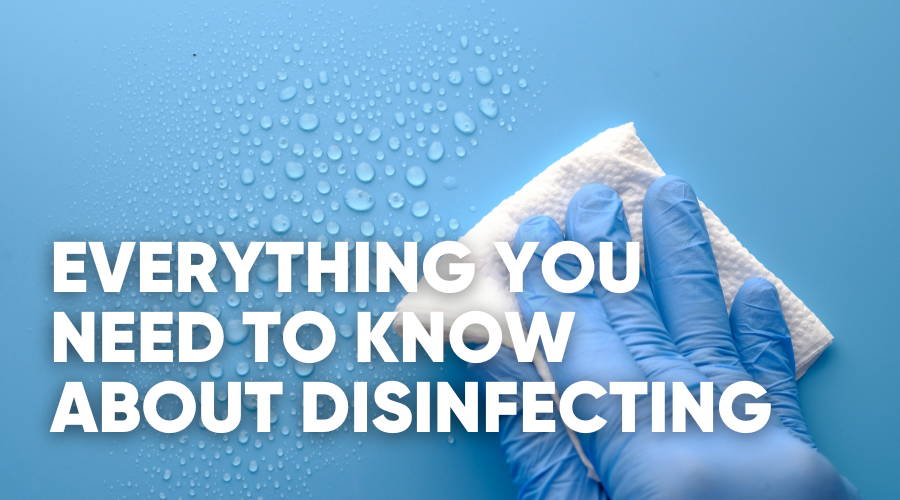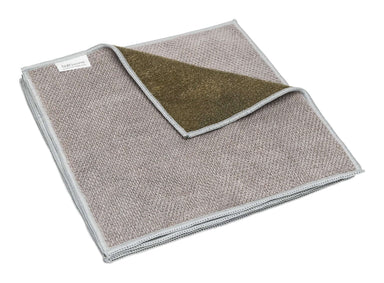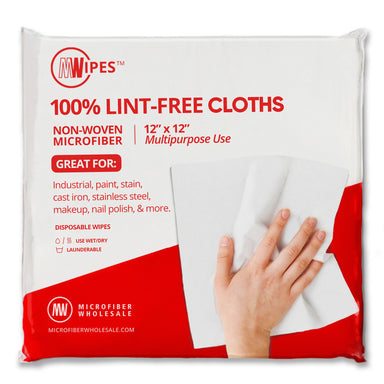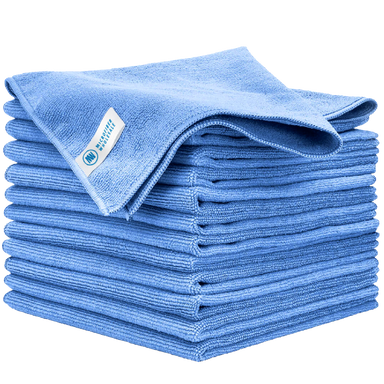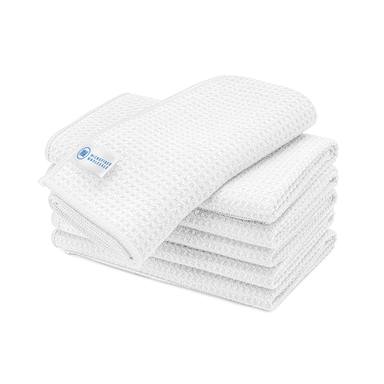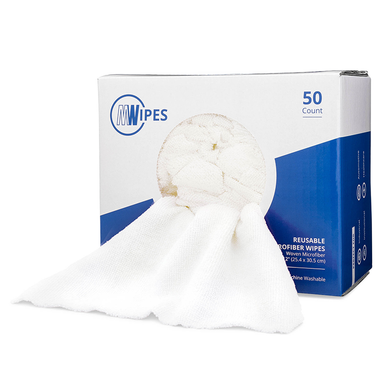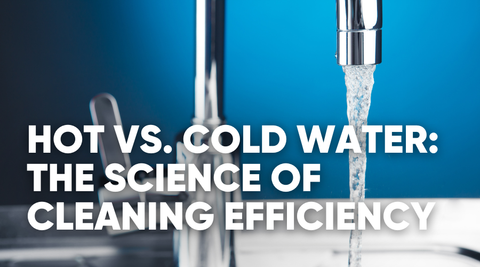Updated January 16, 2024
In the world of household upkeep, terms like "cleaning," "disinfecting," and "sanitizing" often create confusion. We've all wondered whether a simple wipe-down suffices or if it's time for heavy-duty disinfectants.
Fear not, as we are here to clear the air! Join us as we break down the distinctions between cleaning, disinfecting, and sanitizing. From understanding the science behind each process to identifying the right tools, we'll provide practical insights for a truly spotless home.
Get ready to up your cleaning game with knowledge because, after all, a clean home is a happy home!
Cleaning vs. Sanitizing vs. Disinfecting
Most people don’t realize that there is a difference between cleaning, sanitizing, and disinfecting. Basically, cleaning, disinfection, and sanitization all reduce your exposure to germs, but the difference is how they do it, and how much they can do it.
Cleaning
Cleaning removes dirt, dust, impurities and germs from a surface by washing them away with a soap solution or picking them up with a cleaning tool, like the fibers of a microfiber cloth. Think about laundering clothes and textiles or washing your dishes with a sink of soapy water and a sponge.
Microfiber and water are also an effective and detergent free way to clean since microfiber is positively charged and negatively charged dirt clings to it like a magnet, thus removing it from hard surfaces. Proper cleaning removes 97% of dirt and germs from surfaces.
Sanitizing
Sanitizing uses chemicals to kill bacteria. That chemical may also be strong enough to kill some weakened viruses, but not enough to make an official virus kill claim, as this is one of the key differentiators between sanitizers and disinfectants. A product must be able to effectively kill viruses or fungi, not just bacteria, to be called a disinfectant.
Sanitizers can be used alone or they can be mixed into a cleaner with detergents and other chemicals to remove dirt and impurities. Oftentimes, the all-purpose cleaner that you’re using in your home is also a sanitizer. Sanitizers are great for routine household cleaning in high-touch areas, like counters, tables, desks, doorknobs, light switches, etc.
The other critical feature that makes a chemical a Sanitizer is that it has to kill at least 99.9% of illness causing bacteria, giving you a 1,000 times reduction in potential exposure.
Disinfecting
Disinfecting is the granddaddy of them all. Disinfecting also uses chemicals to kill germs, but unlike cleaning and sanitizing, it can kill bacteria AND viruses or fungi — sometimes all three!
This is where we want to focus our efforts and we’ll go over everything you never wanted to know about disinfecting in a bit. Disinfecting must be done after thoroughly cleaning and the disinfectant must remain on the surface for a specified period of time, usually five to ten minutes, in order to be effective.
If done correctly, disinfecting kills 99.999% of illness causing bacteria and viruses giving you a 100,000 times reduction in potential exposure. While removing 97% of germ cleaning, 99.9% sanitizing, and 99.999% disinfecting looks similar at first glance, in reality just the difference between .9 and .999 is enough to reduce exposure to germs 1,000 times versus 100,000, which is huge and can mean the difference between life and death when controlling deadly viruses outbreaks, like MRSA in a hospital.









